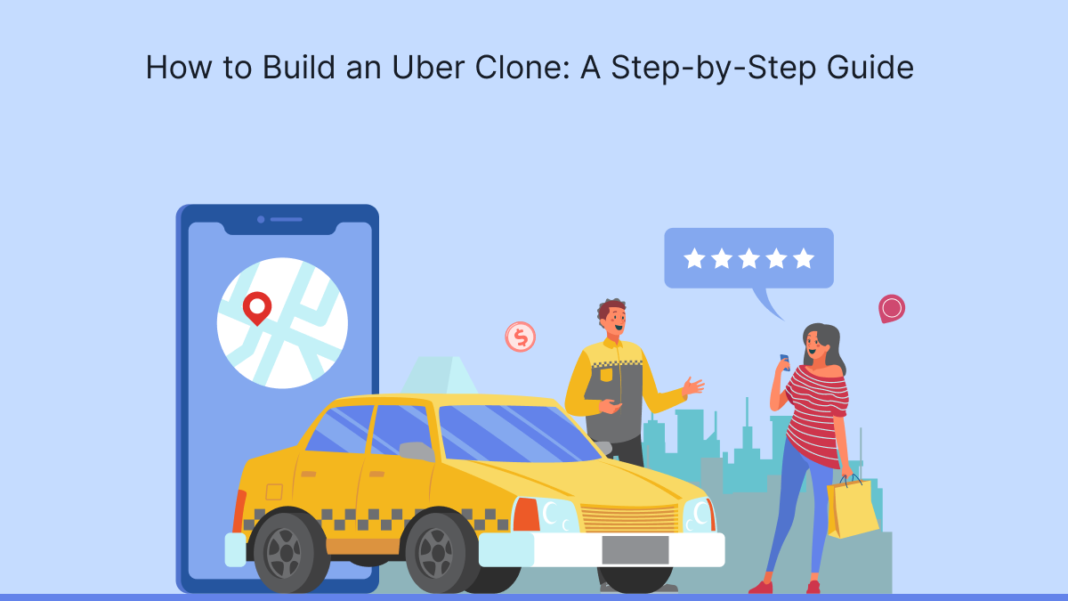Creating an Uber clone is an exciting venture for entrepreneurs looking to tap into the booming ride-hailing market. With millions of users relying on apps for convenient transportation, developing your own version can lead to significant opportunities. This guide will walk you through the essential steps to build an Uber clone, from initial planning to launch.
Understanding the Market
Analyze Your Competitors
Before you dive into development, it’s crucial to understand the market landscape. Analyze existing ride-hailing services, especially Uber, Lyft, and local competitors in your area. Look at their features, pricing strategies, and user experiences. This research will help you identify gaps in the market that your Uber clone can fill.
Define Your Target Audience
Identifying your target audience is essential for tailoring your service. Are you aiming for budget-conscious users, luxury travelers, or perhaps a niche market like seniors or people with disabilities? Understanding your audience will guide your app’s design, features, and marketing strategies.
Planning Your Uber Clone
Outline Essential Features
An Uber clone should have essential features that provide a seamless user experience. Here’s a list of features to consider:
- User Registration/Login: Simple registration via email, phone number, or social media.
- Ride Booking: A user-friendly interface for booking rides with options for immediate or scheduled rides.
- Real-Time Tracking: GPS integration allows users to track their rides in real time.
- Payment Gateway: Multiple payment options, including credit/debit cards, digital wallets, and cash.
- Driver App: A separate interface for drivers to accept and manage rides.
- Rating System: Users can rate drivers, ensuring quality service.
- Admin Dashboard: A comprehensive dashboard for monitoring rides, payments, and user data.
Choose Your Technology Stack
Selecting the right technology stack is critical for your app’s performance and scalability. Here are some popular technologies you might consider:
- Frontend: React Native or Flutter for mobile applications; HTML, CSS, and JavaScript for web applications.
- Backend: Node.js, Django, or Ruby on Rails for server-side development.
- Database: MongoDB, PostgreSQL, or MySQL for data storage.
- Payment Integration: Stripe, PayPal, or Braintree for secure transactions.
Budget Estimation
Building an app requires a significant investment. Your budget will depend on various factors, including development costs, marketing expenses, and operational costs. Here’s a rough breakdown of potential expenses:
- Development Costs: Hiring developers (in-house or freelance), purchasing software licenses, and cloud hosting fees.
- Marketing Costs: Social media advertising, search engine optimization (SEO), and promotional campaigns.
- Operational Costs: Office space, salaries, and customer support.
Development Process
Design UI/UX
Creating an intuitive user interface (UI) and user experience (UX) is vital. The design should be simple yet appealing, making it easy for users to navigate. Consider employing professional designers or using design tools like Sketch or Adobe XD. Ensure that both the user and driver apps have a consistent look and feel.
Backend Development
After finalizing the design, focus on backend development. Set up servers, databases, and APIs to manage data and facilitate communication between the user and driver apps. Ensure that your backend is secure, scalable, and capable of handling high traffic.
Frontend Development
With the backend in place, move on to frontend development. This includes building the user and driver applications based on the designs created earlier. Pay attention to responsiveness, ensuring that your app performs well on various devices and screen sizes.
Testing
Before launching, thorough testing is essential. Conduct various tests, including:
- Functionality Testing: Ensure that all features work as intended.
- Performance Testing: Check the app’s performance under different loads.
- Security Testing: Identify vulnerabilities to protect user data and transactions.
- User Acceptance Testing (UAT): Gather feedback from real users to refine the app further.
Launching Your Uber Clone
Create a Marketing Strategy
A successful launch requires a solid marketing strategy. Utilize social media, content marketing, and local advertising to create buzz around your app. Consider offering promotions or discounts to attract initial users.
Monitor and Gather Feedback
Once your app is live, continuously monitor its performance. Gather user feedback to identify areas for improvement. Pay attention to app reviews and ratings to understand user satisfaction.
Scale Your Business
As your user base grows, consider expanding your services. You might introduce additional features like ride-sharing options, bike rentals, or food delivery services. Explore partnerships with local businesses for promotions and cross-marketing opportunities.
Conclusion
Building an Uber clone can be a rewarding venture if approached with careful planning and execution. By understanding the market, defining your target audience, and focusing on essential features, you can create an app that meets users’ needs. With the right technology stack, a strong marketing strategy, and a commitment to continuous improvement, your Uber clone can succeed in the competitive ride-hailing industry. Discover how to build your own Uber clone with this step-by-step guide! Learn from top experts at an on-demand app development company. Embrace the journey, learn from your experiences, and keep innovating to stay ahead in the game.







